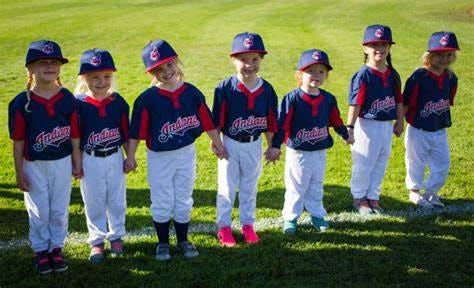...where everyone shines brightly
by Steve Cook
As a child it was a very special time of the year when, in early December, Dad pulled out the boxes of tangled strings of Christmas lights. I’m not sure that all Christmas lights were wired this way, but ours were wired in ‘series’ as my dad explained to me. That meant that in order for one bulb to light up, they all had to light up. The electricity circulated from the first bulb to the last and back again. One bad bulb would cause the whole string to go out.

It was my job to test the lights and make sure all were working. My sophisticated process started with one bulb that was proven to be good in another string. On an unlit string I would replace bulb one with my good bulb and if they all lit up, then the replaced bulb was the culprit, and my testing was over. But usually, it took many more tries until I located the villain bulb. This was all good if there was only one bad bulb. If there were more, I usually tried random replacements until I identified the bad bulb. After many tries and a long test period Dad told me to first identify the bad bulb by one at a time taking bulbs from the unlit string and adding them to the lit string. This way we were able to eliminate all the bad bulbs.
I'm not sure how this came to me, but I liken this Christmas light process to a business culture that is not working. We have good people that are working hard but just not accomplishing our goals or living up to our mission. We add someone new to the team that we know is a strong person based on their performance at a different company or department. We hire fresh talent in marketing or a hot shot salesman, but no matter who or what we add, the culture is just not right.
Like the Christmas lights the first thing we need to do is identify and eliminate the bad bulb. In sports they call it ‘addition by subtraction’ and in business they refer to ‘reassignment for the greater good’. But often the problem isn’t just one or two bad bulbs, it’s in the wiring. I think this is the problem in many companies. The entrepreneur or CEO has a wonderful mission that they ‘share’ with the entire team, but that mission isn’t ‘shared’ by all. You can call it semantics, but the real problem is the CEO defines share as ‘tell’ yet the real need is ‘accept or co-own’. There are two very different meanings of share:
Distributed between members of a group as…"a joint venture with shared profits” or,
Possessed in common with another or others as…"they have a shared interest in history."
We often see this disparity in shared vision in companies when even if all members of the team can see the vision of the future, they don’t share in the mission of how to get there. One person is focused on brand awareness, another on top line revenues, one more on pretax profits, and yet another in customer retention. Until they can come to grips on a shared orderly vision regardless of their perspective, as in possessed in common, the progress is questionable.

In sports we refer to shared vision as ‘team chemistry’ meaning that all of the parts are working in synchrony with each other. It’s very visible in a baseball game when what the team needs to advance is a ground ball to the right side and what the batter is trying to achieve is one home run to get closer to the total that will engage the bonus clause in his contract. That moment is not the real problem but the start of a chain reaction that causes a teammate to change their focus from team goals to individual goals. The homerun hitter was just the first bulb to go out. Success comes when everyone is committed to the common goal.

As with my Christmas lights the difficulty is in the fix. It’s a long process but it must start with identifying the root cause. Managers always start by first analyzing the individual components based on normal and agreed upon metrics. We unpack the KPIs (Key Performance Indicators) and usually conclude this player / employee is doing their job and then move on to evaluate the next. I’m not saying that anyone is not trying. Just that the unspecified need is not recognized or filled. There really isn’t a KPI or a Sabermetric stat to identify alignment with culture or team mission.
Have you ever been part of a team or company the was just on an incredible winning streak and everything seems to be going right? Or on a team that arguably had all the right pieces but just couldn’t sustain winning? I think the problem is that our groups are not wired in series so when one bulb goes out no one really notices. One person has a little reduced effort or becomes a little egocentric in their approach to the daily grind. Have you ever had a super star salesman that is always swinging for the fences when what you need is a groundball to the right side I’ve been in both situations. I’ve been on average talent teams with massive wins and highly talented teams with a mediocre record. The odd thing is that it’s the same team / company. We originally had the shared vision but as we added talent, we lost the chemistry.
Is your chemistry off? Is your string of lights more dim than it should be? Yes, you need to test each and every bulb, but you also need to think about getting your wiring in true ‘series’ mode. Only then can you really light the tree, pass out the presents, and start the feast. Let the party begin!
# # #
Comments